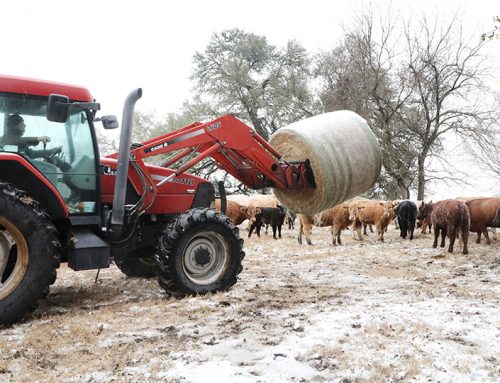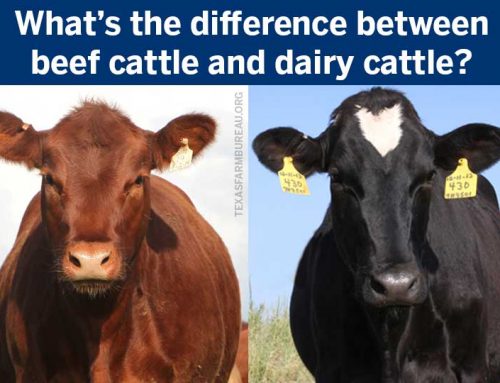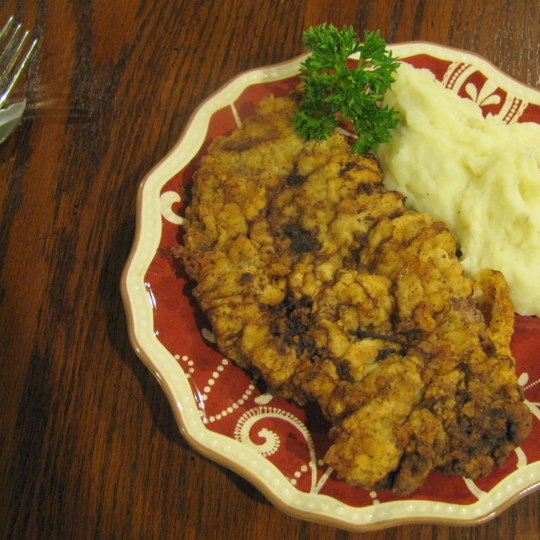By Amanda Hill
Are you worried about “meat glue?” At first blush, we revert back to that kid in elementary art class, snacking from the Elmer’s bottle—gross. The media would have you believe we’re eating the same thing in “meat glue.” But, as some irresponsible reporters tend to do, they’ve given an unappetizing name to a safe food product. (Remember “pink slime?”)
Meat glue is actually transglutaminase, or TG, a naturally-occurring enzyme that is found in plants, animals and the human body. TG is used to thicken egg yolks, strengthen dough mixtures, thicken dairy products and even improve the yield of tofu, according to this fact sheet from the American Meat Institute.
The media and food activists call it “meat glue,” scaring consumers into thinking their food isn’t safe. Does meat glue sell papers and boost ratings? Sure. Does it make you sick or is it bad for you? No. Food safety is always about proper preparation, information and personal choice. The FDA has approved TG in food products, deeming it safe. Transglutaminase is clearly listed on food labels, and diners can ask the chef if it is included in a dish. Steaks cooked thoroughly (to 160 degrees Fahrenheit) are 100 percent safe.
TG is used by gourmet chefs to create new culinary dishes. For example, TG is used to hold the piece of bacon in place on your filet mignon. Some restaurants will use it to create more uniform pieces of steak like tenderloin. How much TG does a meat dish have? No more than 65 parts per million (ppm) per product—a very small amount.
The real issue is a bigger movement to scare Americans into eating a certain way. Food additives have been proven safe and are vetted by health professionals, researchers and a host of experts. A news report telling me I’m eating glue is pretty jolting. But, I’m also a trained journalist, and I know to look for the full story. When it comes to TG, I’ll trust experts like chef and culinary science expert Dave Arnold. He gives a great explanation of “meat glue” and dispels the myths here.
So, do the research and decide for yourself. For me, I’ll gladly eat a bacon-wrapped filet this Memorial Day.











Amanda,
A bigger threat heading into Memorial Day would be the mislabeling of meat products at the grocery store. Many of the so-called “filet mignon” steaks that are pre-packaged and bacon-wrapped are actually mock tender steaks and are NOT tender. The surest way to get that quality steak is to follow the old axiom that you get what you pay for. Lesser prices on meats generally means lesser quality.
Again, great piece and look forward to reading more in the future.
Reed,
Thanks, as always, for your comments. We are in full supoort of proper meat labeling. Consumers have the right to know what they are purchasing. Anything otherwise would be misleading, dishonest and unacceptable.
All I ask is that food be labeled with this information. People should know that the “steak” they think they are buying has been cut and re-assembled. Although TG might not be inherently harmful, the meat has been cut into pieces and reprocessed which means much, much more surface area available to bacterial exposure. It’s a consumer’s choice to buy these “glued” products, but it’s not an informed choice if we are not told that the products are handled in this manner.
Sue, thanks for your comment. I completely agree that consumers have the right to know what they are buying and eating. The FDA requires that TG be labeled in the ingredient section of the product label. In addition, the packaging will have “formed” or “shaped” as part of the label. It certainly isn’t hidden from consumers.
You are right, TG does increase the surface area that is susceptible to bacteria. It is very important that consumers cook all meat thoroughly in order to ensure food safety.